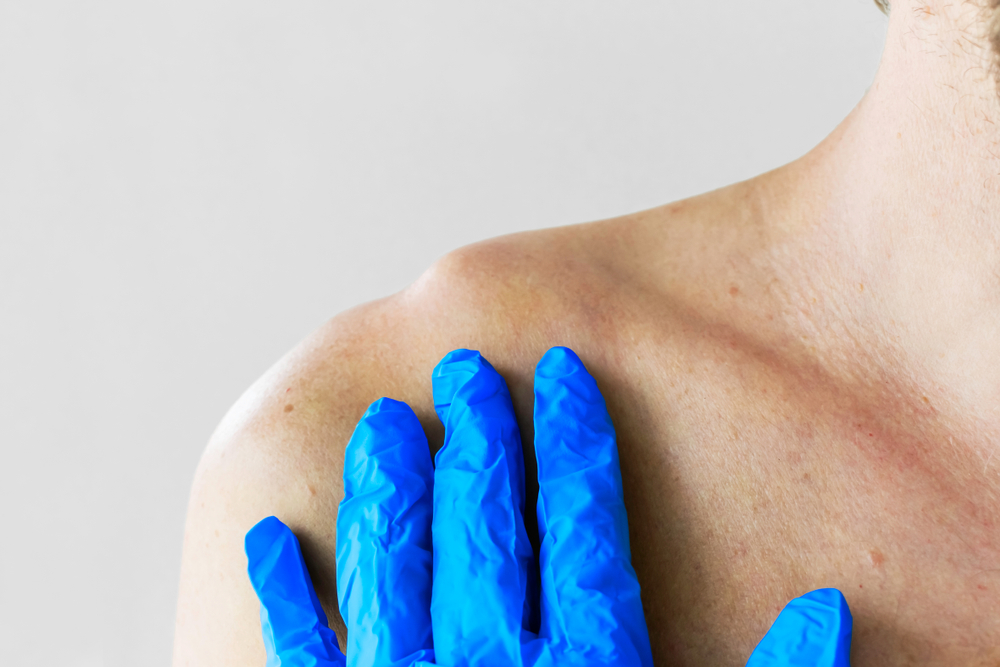Car accidents do not always lead to the types of injuries that have you taken away in an ambulance. Some injuries may not be immediately apparent, and you walk away feeling fine, thinking you avoided injury. Shoulder injuries can be this type of injury. The adrenaline coursing through your system after an accident may hide the immediate symptoms of a dislocation, and hours or days later you begin to suspect you’re suffering from the injury. If this happens, it’s important not to panic. Shoulder dislocations can be treated and will not worsen if taken care of properly.
What Is a Shoulder Dislocation?
A dislocated shoulder occurs when the top part of the upper arm bone becomes partially or fully displaced from the socket where it belongs. The shoulder can dislocate forward, backward, or downward, depending on the force that causes this particular car accident injury. Forward dislocations are by far the most common, and they usually occur when the arm is out to the side and rotated backward. When the bone exits the socket, surrounding tissue is often damaged as well. While this is painful and may result in a temporary loss of mobility and function, dislocated shoulders can typically be treated simply and will heal with proper care.
Anyone can suffer from a dislocated shoulder, though it is common in certain scenarios where force is used against the body, like a fall, being rear-ended, or sports injury. Both younger people and older adults are at higher risk for a shoulder dislocation when these factors are not involved.
Identifying a Dislocated Shoulder
In some cases, there may be a visible disfigurement in the shoulder that indicates a dislocation. Even when this is not the case, you will often notice a sudden pain that is accompanied by difficulty moving the arm involved. There may also be a distinct popping sensation in the shoulder, or you may even feel the bone leave the socket. Bruising, swelling, and muscle weakness are also common.
It is possible to mistake a shoulder separation for a shoulder dislocation, even though they are very different injuries. A dislocation occurs when the bone moves out of the socket, while a separated shoulder injury is a tear in the ligaments that connect the shoulder blade to the collar bone. The latter will usually result in pain that radiates more towards the collar bone, and it may not be as intense immediately.
When to Contact a Doctor
As soon as you suspect a dislocated shoulder, you should call a doctor. Some misguided advice will tell you to simply pop the shoulder back into place on your own, but this should never be done. It is painful and when done blindly could lead to more severe damage than the initial injury would have caused. Emergency medical attention is usually warranted due to the levels of pain involved.
If your symptoms are accompanied by the arm or hand turning blue or swelling, this warrants immediate attention.
If you are able to wait for your scheduled appointment, you can use simple home remedies to cope until your treatment. Resting the shoulder and arm, elevating it where possible, and applying ice are all commonly used to reduce pain. Over-the-counter medications, especially NSAIDs, can help with pain and inflammation.
Diagnosing and Treating Shoulder Dislocation
When you present with a potential dislocation, doctors will begin by asking questions about your accident, symptoms, and medical history. They will then perform a physical examination, which will often be sufficient to determine a dislocation has occurred. However, they may need to obtain an x-ray in order to identify the direction of the dislocation in order to properly place the joint back.
The process of placing a dislocated joint back into the socket is known as a shoulder joint reduction. This can be done in a number of ways depending on the severity of the injury and the direction of the dislocation. Some doctors will use a local anesthetic during this procedure, and others may opt for sedation in order to relax the muscles.
Once the joint is properly placed, you may need to wear a sling for a period of time or undergo physical therapy in order to help the tissues heal and regain strength.





